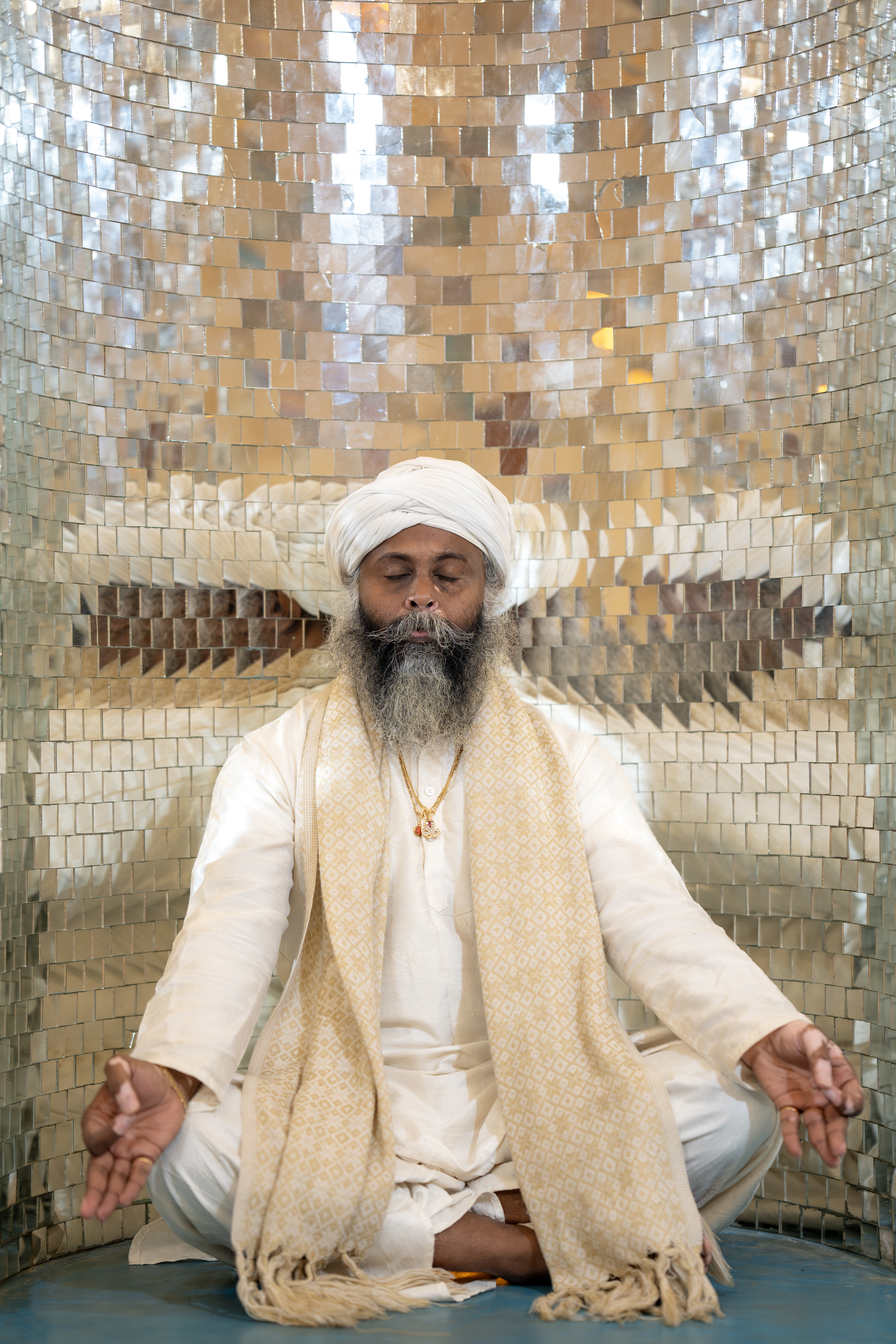In the ancient yogic and tantric traditions, Ashta Siddhis are described as eight extraordinary powers attained through deep spiritual realization and intense sadhana (disciplined practice).
These siddhis are not meant to impress others or feed the ego—they are reflections of inner mastery, natural by-products of a consciousness aligned with the Infinite.
🌟 What are the Ashta Siddhis?
The term Siddhi comes from the Sanskrit root "sidh", which means "to attain" or "to accomplish."
The Ashta Siddhis, as mentioned in scriptures like the Yoga Vashistha, Srimad Bhagavatam, and referenced by Saint Hanuman in the Ramayana, are:
1. Anima – The Power to Become Infinitely Small
The yogi can reduce their form to the size of an atom.
Inner meaning: The ability to become humble, invisible, egoless—to dissolve the ego and merge with subtlety.
2. Mahima – The Power to Become Infinitely Large
The power to expand the body or consciousness to vast proportions.
Inner meaning: Expansion of consciousness to contain all of existence. Compassion for all beings.
3. Garima – The Power to Become Incredibly Heavy
The body becomes immovable or infinitely dense.
Inner meaning: Becoming deeply grounded, unshakeable by fear, desire, or illusion.
4. Laghima – The Power to Become Weightless
The body defies gravity and becomes light as air.
Inner meaning: Lightness of being, freedom from attachments, burdens, and suffering.
5. Prapti – The Power to Attain Anything
The ability to reach or obtain anything desired—anywhere in the universe.
Inner meaning: Mastery of manifestation through alignment with Divine Will.
6. Prakamya – The Power to Fulfill All Desires
Whatever the yogi wills becomes reality, including control over elements like water, fire, etc.
Inner meaning: Purity of will, where desire arises from soul, not ego—so creation flows effortlessly.
7. Ishatva – The Power of Divine Sovereignty
The yogi becomes one with divine authority, embodying the qualities of the Creator.
Inner meaning: Oneness with source, where the self merges into the Self with capital "S".
8. Vashitva – The Power of Control
Control over the physical, mental, and subtle planes; over senses, emotions, and even other beings.
Inner meaning: Mastery over one’s inner world—true leadership rooted in self-governance, not domination.
🧘♀️ How to Attain the Ashta Siddhis (According to Yogic Tradition)
While stories often paint these powers as supernatural feats, ancient masters were clear: these siddhis are not goals—they are by-products of spiritual purification.
Here’s the authentic path:
1. Steady Sadhana (Spiritual Discipline)
Daily practice of yoga, pranayama, mantra, and meditation disciplines the body and awakens latent powers.
"Abhyasa vairagyabhyam tan nirodhah" – Yoga Sutras (1.12)
(Through practice and non-attachment, the fluctuations of the mind are stilled.)
2. Bhakti (Devotion)
Saint Hanuman is said to have mastered all Ashta Siddhis through devotion to Lord Rama.
Siddhis respond to humility, not pride. Pure devotion cleanses the ego and opens the heart to miracles.
3. Pranayama (Mastery of Breath)
The siddhis begin to emerge as the prana (life force) becomes still and directed.
Practices like Kumbhaka (breath retention) and Nadi Shodhana refine your energy field.
4. Japa and Mantra
Sound is the bridge between form and formless.
Chanting mantras like “Om Namah Shivaya,” “So Hum,” or “Ram” creates vibrational alignment with cosmic energies.
Chanting mantras like “Om Namah Shivaya,” “So Hum,” or “Ram” creates vibrational alignment with cosmic energies.
5. Selflessness & Non-Attachment
If the ego wants siddhis, they will become traps.
But if the Self seeks liberation, siddhis will follow naturally—and pass unnoticed.
But if the Self seeks liberation, siddhis will follow naturally—and pass unnoticed.
6. Guru’s Grace
Often, siddhis unfold spontaneously in the presence or blessing of a true guru or enlightened being, when the disciple is pure and ready.
⚠️ Caution: Siddhis Are Not the Goal
Yogic texts, including the Yoga Sutras of Patanjali, warn against becoming attached to siddhis, as they can distract the seeker from the ultimate goal: Moksha (liberation).
“These powers are obstacles to samadhi.” – Yoga Sutras 3.38
When ego takes hold of a siddhi, it can inflate identity instead of dissolving it.
The true master uses siddhis with discretion, or not at all.
🌌 Final Words: Siddhis as Symbols of Self-Mastery
The Ashta Siddhis are not magical gimmicks.
They are inner states of alignment, signposts that a soul has reclaimed its divine blueprint.
They are inner states of alignment, signposts that a soul has reclaimed its divine blueprint.
You don’t attain them by chasing power.
You attain them by becoming empty, becoming love, becoming light.
You attain them by becoming empty, becoming love, becoming light.
The siddhis will come when you no longer need them.
You are not here to perform magic.
You are here to remember that you already are it.
You are here to remember that you already are it.
Sat Nam.
May your path be pure, steady, and filled with grace.
May your path be pure, steady, and filled with grace.


0 Comments